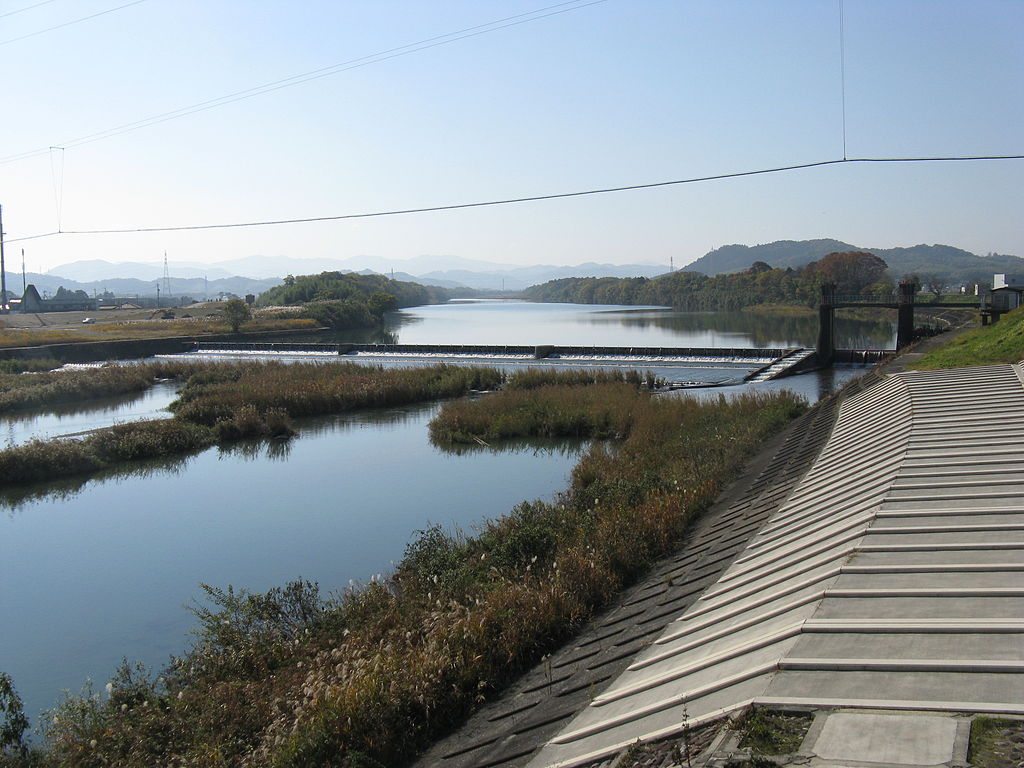Scientists from Japan’s Kyushu University have studied the trends in land surface temperature (LST) due to the installation of PVs around the Kushida River Basin, which is located in central Japan and comprises three regions – Matsusaka City, Taki Town, and Meiwa Town. They used convolutional neural networks (CNN) to identify PVs from aerial pictures and remote sensing to measure temperature changes.
“We designed a composite analytical model based on remote sensing technology and machine learning to quantify the impact of solar panels on the thermal environment in areas with different geographical characteristics,” they explained. “This model identifies ground-mounted PV using publicly available data and studies the spatial distribution of different types of PV and the changes in surrounding surface temperature.”
The area investigated by the researchers covers a total area of 767.62 km2, with forests and farmland comprising about 81% of the total area. They used high-resolution aerial photographs to identify the PV installations and compiled statistical results to determine the PV distribution. They also conducted monthly surface temperature analyses using Landsat series satellite data on Google Earth Engine (GEE) and assessed surface temperature changes at PV installation sites across different seasons and years, for 10 years.
In addition, using statistical tools and models, such as Geographically Weighted Regression (GWR) and Ordinary Least Squares (OLS) models, spatial factors influencing temperature changes were identified. The analysis considered factors such as normalized difference vegetation index (NDVI), building density (BLD), population (POP), distance to rivers (WA), and elevation (DEM), as well as the size of the PV installations.
“The study found that the LST around PV which was built from 2013 to 2023 increased by an average of 2.85 C,” the research team said. “From a seasonal perspective, the effect of LSTD is more pronounced (+3.35 C) in the warmer months and more moderate (+2.5 C) in the colder months.”
Quantifying the effect of the different factors on the warming of the PV area, the scientists found that elevation, building density, NDVI, PV area, and distance to waterways have the highest correlation with LST differences in suburban plant areas. Out of all the factors, elevation had the most significant effect.
“Suburban areas, where each independent variable showed the highest correlation in GWR, are the industrial areas of the city, suggesting that industrial production is more likely to influence the temperature increase effect of PV compared to other urban activities,” they noted. “At the same time, it was confirmed that the topography and green cover within the basin are closely related to the temperature increase effect. The installation of PV in highland areas and regions with high vegetation cover tends to mitigate their impact on LST.”
Their findings were presented in “Evaluating the thermal environmental alterations due to photovoltaic installations in the Kushida River basin, Japan,” published in the journal Environmental and Sustainability Indicators.
This content is protected by copyright and may not be reused. If you want to cooperate with us and would like to reuse some of our content, please contact: editors@pv-magazine.com.



By submitting this form you agree to pv magazine using your data for the purposes of publishing your comment.
Your personal data will only be disclosed or otherwise transmitted to third parties for the purposes of spam filtering or if this is necessary for technical maintenance of the website. Any other transfer to third parties will not take place unless this is justified on the basis of applicable data protection regulations or if pv magazine is legally obliged to do so.
You may revoke this consent at any time with effect for the future, in which case your personal data will be deleted immediately. Otherwise, your data will be deleted if pv magazine has processed your request or the purpose of data storage is fulfilled.
Further information on data privacy can be found in our Data Protection Policy.